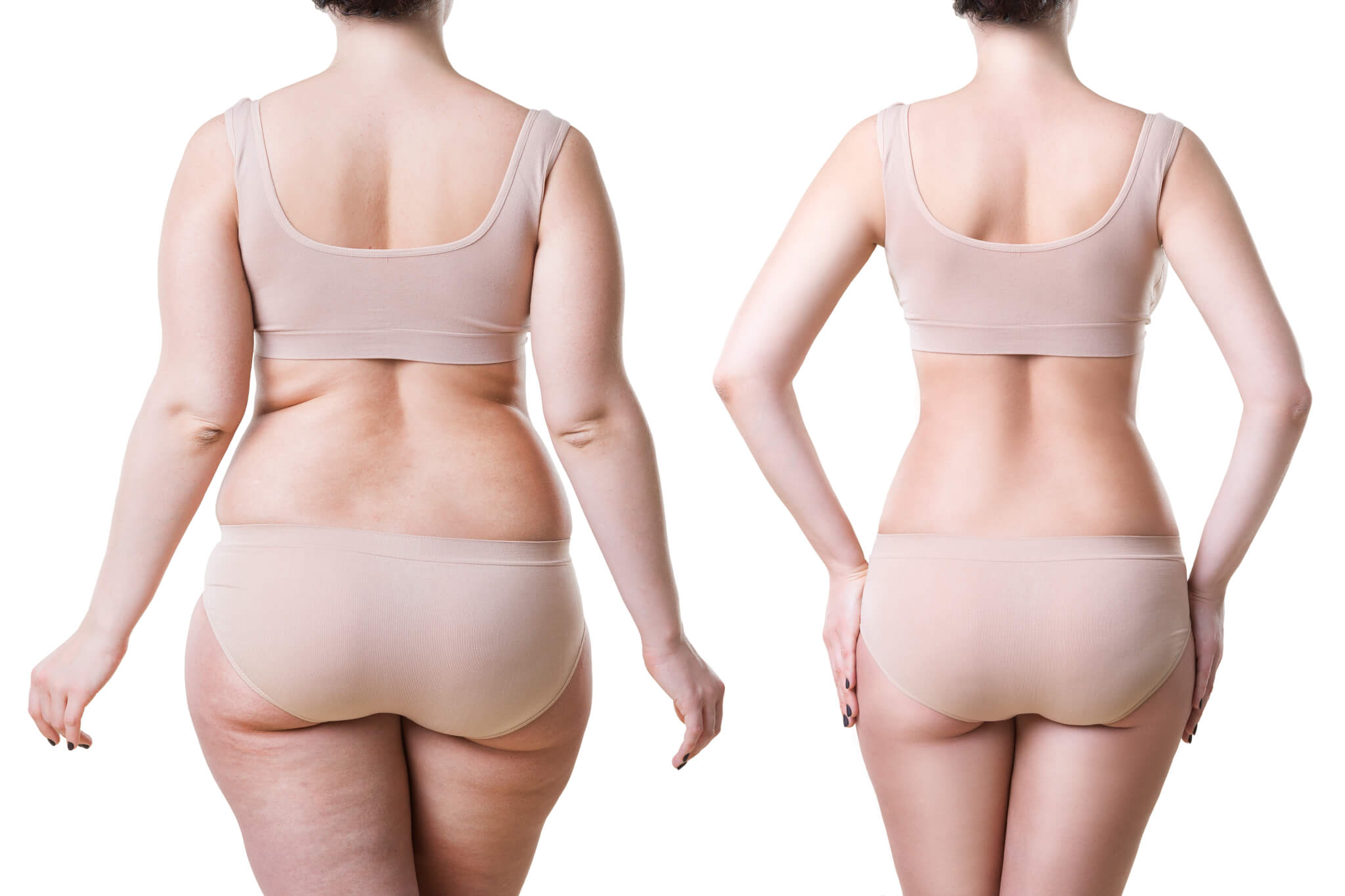When people start considering liposuction, many often want to know to the amount of fat a surgeon can actually remove during a single procedure. This is undoubtedly a critical variable to consider before following through with the decision to have invasive surgery.
The real answer to this question is that honestly, there is no answer. Your specific doctor will decide how much fat he or she can safely remove from your body. Nevertheless, there are still some guidelines all doctors should follow regarding the maximum amount of fat that can be safely removed.
Removing Fat With Liposuction: What Factors Are Considered?
Remember that liposuction is primarily intended for fat removal and body contouring, Although it can cause patients to remove a marginal number of pounds, weight-loss is not the procedure’s goal. If you decide to receive abdominal liposuction, for example, the stomach region often contains a considerable amount of fat that can be removed. Fat does not weigh all that much, but given the extent of material removed, patients will naturally lose weight afterward.
Furthermore, always keep in mind that every patient is different. Some have more fat than others, while others may have a few prior health concerns that could complicate the process. The amount of fat your doctor can remove also depends on where the procedure actually takes place, whether it be at a hospital or the doctor’s own clinic. If a large amount of fat has to be removed, something both the doctor and the patient must agree upon ahead of time, a hospital will likely be considered the best choice just in case an emergency occurs.
Another element to take into account is the state you live in. Every individual state in the United States has its own regulations, and the amount of fat that can be removed from a patient through liposuction may vary.
Maximum Liposuction Fat Removal Guidelines
- From the doctor’s point of view, the most substantial, most accepted amount of fat to remove in one session of liposuction is around 12 pounds of fat (roughly 6,000 milliliters). This is typically the maximum amount deemed to be safe. However, this does not necessarily mean that patients will find themselves weighing 12 pounds lighter after the surgery. This lost weight also includes blood and other bodily fluids that can replenish with time.
- Doctors and states typically consider liposuction to be a dangerous surgery if too much fat is removed from a patient’s body in a single procedure. Although deaths are exceedingly rare during liposuction, they have and may occur. It has yet to be determined how much fat is definitively too much to remove. Still, experts unanimously agree that the more fat taken away, the higher the patient’s risk of developing complications.
- With all this being said, you should be aware of liposuction’s risks, but not terrified of the procedure. It must be noted that the chances of severe injury during liposuction are quite minor. Over recent decades, the equipment and techniques used in liposuction have improved, minimizing risks and therefore optimizing results to a great extent. The incidence of any risk or unfortunate outcomes has dramatically decreased.

Why Can’t Too Much Fat Be Removed?
There are many reasons why extracting 6,000 milliliters of fat is dangerous for almost anyone.
First of all, it can straight up make your body appear really weird. Removing so much fat will make you look uneven and lumpy, giving you an unattractive, undesired appearance.
Second, any procedure or surgery that removes more fat than the healthy limit can be correlated with problems like infections, dehydration, and some types of allergic reactions. Because the amount of fat removed determines how much time the surgery will take, more fat taken out means a longer time on the operating table. The longer someone remains operated upon, the higher the risk of forming blood clots, which can potentially lead to severe health complications.
Apart from all the concerns mentioned above, the main reason most doctors prefer not to go over the 6,000-milliliter limit is that it is not beneficial for the patient.
As you already know, liposuction is not intended to be a quick-fix solution for overweight patients. This decision to have this procedure should not be made lightly, and patients should have already tried many different options of diet and exercise before choosing liposuction for weight-loss reasons.
There are other options you can turn to if your goal is removing more copious amounts of fat than can be done during liposuction. If the patient is obese, then we recommend consulting your specialist about potentially getting a bypass or gastric balloon, which may be better options than liposuction.

